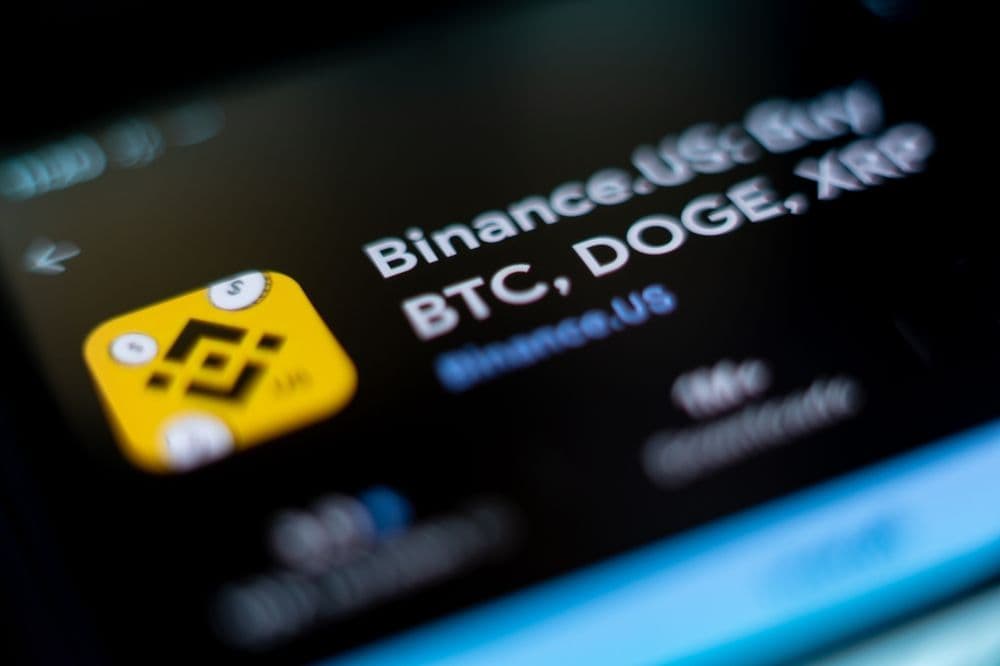 The draft represents a clear shift from regulatory ambiguity to a defined statutory framework that separates the roles of the SEC and CFTC. (Pixabay)
The draft represents a clear shift from regulatory ambiguity to a defined statutory framework that separates the roles of the SEC and CFTC. (Pixabay)The draft builds on the Digital Asset Market Clarity Act (CLARITY), which was passed by the House on July 17. It preserves key definitions and structures while introducing new provisions crafted by Senate Republicans. Notably, it delineates a category of digital tokens called “ancillary assets.” These tokens, sold in connection with investment contracts, could qualify for a new Regulation DA exemption, permitting token sales of up to $75 million annually over four years without full SEC registration.
Under the draft, an “ancillary asset” is a digital token offered or sold in connection with an investment contract, provided it does not confer typical financial rights like equity, dividends, or liquidation interests. It also lays out a structure where issuers can self-certify such tokens and the SEC can subsequently review or challenge their classification. The framework establishes clear statutory definitions to distinguish securities, regulated by the SEC, from digital commodities, overseen by the CFTC. These guiding principles, including the jurisdictional split, echo foundational positions released in June by Senator Scott and Senate Banking Committee Republicans.
🚨 NEW: Senate discussion draft of CLARITY Act
— Bitcoin Laws (@Bitcoin_Laws) July 22, 2025
The Senate draft released today substantially changes SEC / CFTC boundaries.
It removes the 'maturity' decentralization test, and replaces it with a rights-based 'ancillary asset' test. https://t.co/nk8G1ExXmd pic.twitter.com/Q3r7RrgM9Y
Released on June 24, the principles underscore the need for clear statutory definitions separating digital asset securities from commodities and call for a precise regulatory jurisdiction split between the SEC and the CFTC. They advocate modernizing oversight to reflect blockchain and decentralized finance (DeFi) environments, affirm the protection of individuals’ rights to self-custody, and urge that decentralized and non-custodial platforms should not face excessive regulatory burdens.
Senator Lummis emphasized that the era of ambiguity in digital asset regulation must end. “The time for regulatory uncertainty in the digital asset space has come to an end,” said Senator Lummis. “This discussion draft represents a thoughtful, balanced approach that will provide the clarity our innovators need while providing robust consumer protections. We cannot allow regulatory confusion to continue driving American innovation overseas. Market structure legislation will establish clear distinctions between digital asset securities and commodities, modernize our regulatory framework, and position the United States as the global leader in digital asset innovation.”
Chairman Scott expressed strong alignment with efforts in both chambers of Congress to advance digital asset regulation. “My colleagues and I in the House and Senate share the same goal: to provide clear rules of the road for digital assets that protect investors, foster innovation, and keep the future of digital finance anchored in America. I’m grateful for the hard work of our House counterparts to craft smart, bipartisan legislation, and I look forward to building on their work here in the Senate. Working with President Trump, we can deliver a comprehensive, bipartisan regulatory framework for digital assets,” said Chairman Scott.
The discussion draft is accompanied by a formal Request for Information inviting public comment on a range of issues, from defining ancillary assets and custody frameworks to mitigating illicit finance risks, strengthening investor protections, and enhancing disclosure requirements.
The draft marks a decisive pivot from ambiguous crypto oversight toward a statutory architecture aimed at ending regulatory overlap between the SEC and CFTC. It defines token categories and rights, encourages innovation by reducing certification hurdles, preserves self‑custody and decentralized finance structures, and introduces investor protections aligned with traditional financial markets. For businesses and investors in blockchain, digital assets, and fintech, the proposal offers clarity and direction. If passed, it would create a unified, pro‑innovation regulatory framework positioning the United States to lead globally in tokenized finance.
As the public comment period advances and lawmakers work to reconcile differences between the House and Senate drafts, the next steps are being closely watched. The RFI is now open for stakeholder input. In September, the Senate aims to begin markup and potentially hold a vote. Meanwhile, negotiations are ongoing to merge the Senate’s draft with the House’s CLARITY Act. If enacted, regulators like the SEC and CFTC will need to define implementation through joint rulemakings. The 35‑page draft released offers the most detailed roadmap yet for U.S. digital asset governance.

Binance Junior brings crypto to families

Japan moves to cut crypto taxes to 20%

Ripple wins ADGM approval for institutional use of RLUSD

Africa launches ADAPT to unlock $70B in trade value